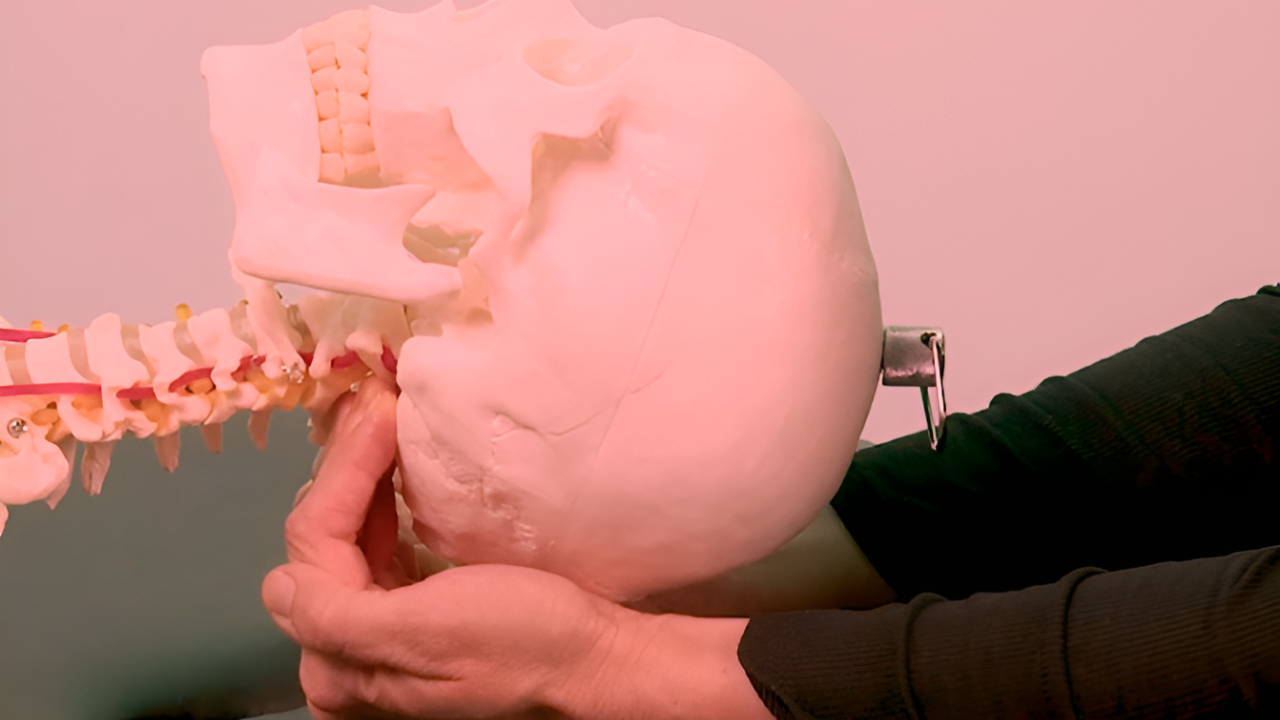Gluteus Medius | Trigger Point Anatomy | Low Back Pain

The gluteal muscles have a close relationship. What affects one often affects the others.
In addition to its work in stabilizing the pelvis, the gluteus medius muscle (Gmed) operates to move the leg away from the midline of the body and to rotate the hip (mostly outwardly but can also play a part with inward rotation).
The Gmed muscle is mostly covered by the larger gluteus maximus. The lower portion of the gluteus medius, in turn, covers the gluteus minimus and shares some of its posterior fascia.
The gluteal muscles have a close relationship. What affects one often affects the others.
The gluteus medius may also interact with sacroiliac abnormalities. While the maximus provides running and jumping power, the medius propels us in walking and running, and also supports us during one-legged standing.
It allows us to walk by keeping the pelvis even and balanced, supporting whichever leg is bearing all the weight during certain parts of the stride.
Chronic low back pain may inhibit this muscle and can be a major perpetuating factor.
When the muscle is inhibited, extra stress is placed on the knee.
Trigger Points
In general, trigger points in Gmed hurt most during walking, slouching in a chair, and lying on the back (compression of the maximus compresses the medius), or when the muscle is directly compressed.
The pain can be intense enough to keep you awake, or wake you up if you roll over onto your side, compressing the trigger points.
This can make sleep difficult if you have these trigger points on both sides.
These trigger points could be mistaken for sacroiliac dysfunction, can be a reason for “failed surgical back,” and may contribute to sciatica-like pain.
Although trigger points in the gluteus medius tend to congregate near the tendon attachments, they can be found anywhere in the muscle.
When the gluteus medius and minimus are weakened by trigger points, trochanter pain (in the area of the hip ball-and-socket joint), sciatica-like pain and what some call “hip abductor pain syndrome” may result.
Common Causes and Perpetuating Factors
Poor posture, gait irregularity, Morton’s foot, flat feet, repetitive sideways resistance exercises (including exercise machines or leg bands), body asymmetry, sudden falls, sports injuries, unequal weight distribution, hypermobile ligaments and tendons, bicycling in an upright position, injection of irritating substances into the muscle, running, playing long tennis matches, walking on soft sand, prolonged sitting with a wallet in your back pocket, or surgery in the area.
These trigger points may act up if you stand on one foot for a long time or put more weight on one foot (such as when using a cast, cane, or crutches), carry a child on one hip for extended periods, or carry heavy school books on one side of the body.
They are a common cause of low back pain in late pregnancy due to gait irregularity and uneven weight distribution, but may cause pain earlier if the patient is overweight or carrying twins, or has other perpetuating factors.
Links
Back Pain - Trigger Point Release
Dry Needling for Trigger Points
Certify as a Trigger Point Therapist

Trigger Point Therapy Diploma Course



Learn More for Less

Unlimited access to all courses for just $19.95/mo










